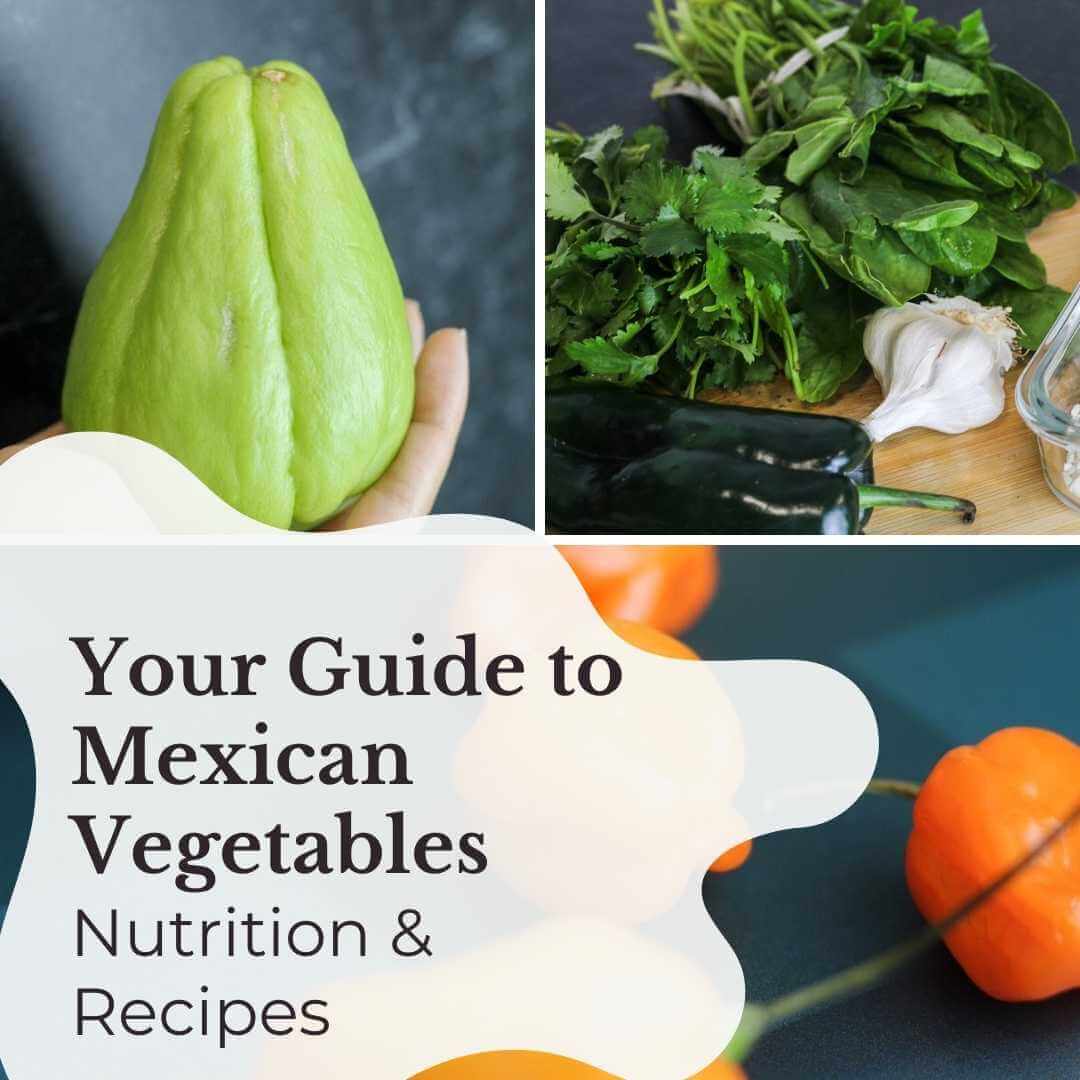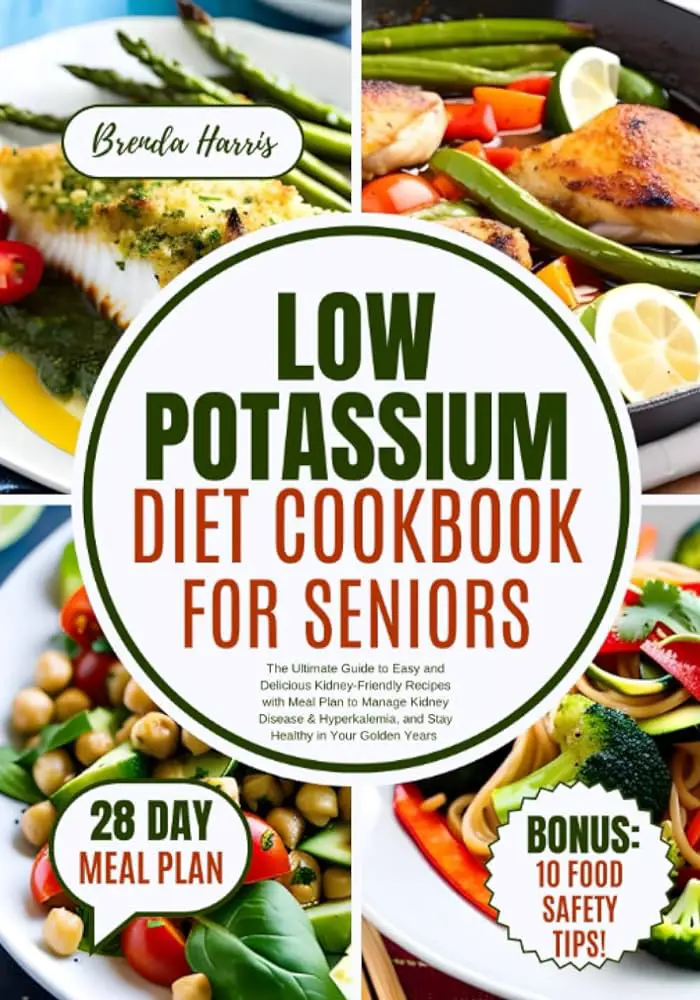A 7 day meal plan for a low potassium diet can help manage hyperkalemia and kidney disease. The plan should include low potassium foods such as apples, pears, blueberries, kale, red peppers, garlic, and onions, while avoiding high potassium foods like bananas, avocados, spinach, and potatoes.
Other low potassium options include bread, cake, cookies, noodles, pasta, pies, and rice. It is important to consult with a doctor or registered dietitian before starting a low potassium diet, as individual needs may vary. There are many resources available for finding meal plans and recipes for a low potassium diet, including Kidney Kitchen and Renal Diet HQ.
With careful planning and adherence, a low potassium diet can improve overall health and kidney function.
Foods To Eat On A Low-potassium Diet
This 7-day meal plan for a low-potassium diet includes a variety of options for breakfast, lunch, and dinner. Some examples include scrambled egg whites, chicken salad with cucumber, and baked cod with green beans. It's important to follow a low-potassium diet if you have kidney disease or other related conditions.
| Vegetables | Low-potassium options include kale, red peppers, garlic, onions, green beans, and carrots. Avoid high-potassium veggies such as tomatoes, potatoes, spinach, and avocado. |
| Fruits | Low-potassium fruits include apples, pears, blueberries, watermelon, and clementine. Avoid high-potassium fruits such as bananas, oranges, kiwi, and cantaloupe. |
| Proteins | Good low-potassium protein sources include chicken, fish, turkey, eggs, and tofu. Avoid high-potassium proteins such as beef, pork, and dairy. |
| Grains and Carbs | Include low-potassium options like white bread, white rice, and pasta. Avoid high-potassium grains and carbs like whole wheat flour, bran cereals, and sweet potatoes. |
When following a low-potassium diet, it's important to talk to your healthcare provider and work with a registered dietitian to determine what level of potassium is right for you. The above table provides some low-potassium food options to help you plan your meals. Remember to read food labels and be mindful of portion sizes, since some foods may still contain small amounts of potassium.

Credit: betterme.world
Foods To Avoid On A Low-potassium Diet
| Foods to Avoid on a Low-Potassium Diet | |
|---|---|
| High-Potassium Fruits and Vegetables: | Bananas, oranges, kiwis, avocados, tomatoes, potatoes, sweet potatoes, spinach, kale, and brussels sprouts. |
| Processed Foods: | Canned vegetables, soups, sauces, and gravies, processed meats, and ready-to-eat meals. |
| Salty Foods: | Chips, crackers, pretzels, popcorn, and salted nuts. Avoid adding salt to your meals and opt for low-sodium alternatives. |
A low-potassium diet is recommended for those with kidney disease or other health conditions that require potassium restriction. It is important to avoid high-potassium fruits and vegetables like bananas, oranges, and tomatoes, as well as processed foods such as canned vegetables and soups, processed meats, and ready-to-eat meals.
Salty foods like chips and crackers should also be avoided, and you should opt for low-sodium alternatives. Incorporating low-potassium alternatives like apples, pears, blueberries, and vegetables like kale, red peppers, garlic, and onions can help maintain a balanced diet. Consult with a doctor or dietitian to create a personalized meal plan to meet your potassium needs.
Designing A 7-day Low-potassium Meal Plan
Designing a 7-day low-potassium meal plan can be challenging but essential for people with kidney disease or other conditions that require a low-potassium diet. A balanced and varied meal plan includes fresh fruits, vegetables, and grains with controlled portions of protein and other high-potassium foods.
A low-potassium diet has become increasingly popular due to its potential benefits for people with kidney diseases or high potassium levels. Planning meals can be challenging, but a 7-day meal plan can simplify the process. For breakfast on Day 1, consider eggs, toast with margarine, and strawberries. Lunch can be grilled chicken, rice, and green beans.
For dinner, try salmon, noodles, and carrots. On Day 2, enjoy oatmeal with banana and honey for breakfast, chicken salad and cucumbers for lunch, and meatloaf, potatoes, and broccoli for dinner. Alternating meals with a variety of fruits and vegetables in limited portions can make it easier to stick to a low-potassium diet. Several resources like Kidney Kitchen, BetterMe, and Zaya Care offer additional meal plans for easy integration into daily meals.
Low-potassium Snack Ideas
If you are following a 7-day meal plan for a low potassium diet, you might be struggling to find snack ideas that fit into your restricted potassium intake. Some low-potassium snack options include apple slices with almond butter, plain popcorn, rice cakes with hummus, and carrot sticks with low-fat ranch dressing.
| Low-Potassium Snack Ideas |
| Fresh Vegetables with Hummus |
| Plain Popcorn |
| Unsalted Nuts |
| Hard-Boiled Eggs |
When following a low-potassium diet, it's important to choose snacks that are both satisfying and nutrient-dense. Fresh vegetables with hummus are always a great option and can be customized to your liking by choosing your favorite veggies. Plain popcorn is another go-to snack as it is low in potassium and calories. Unsalted nuts are a great source of healthy fats and protein, just make sure to stick to the appropriate portion size. Hard-boiled eggs make for a convenient and portable snack with no added potassium.
Tips For Eating Out On A Low-potassium Diet
If you are on a low-potassium diet, eating out can be challenging. To help you make healthier choices, it’s important to have a 7-day meal plan in advance. Try to choose low-potassium options such as apples, pears, blueberries, watermelon, kale, red peppers, garlic, onions, or pasta, and avoid high-potassium fruits and vegetables like bananas, sweet potatoes, spinach, and tomatoes.
Researching restaurant menus ahead of time is an important step when eating out on a low-potassium diet. Look for menu items that are cooked simply, without added salts or seasonings. It's also important to ask for modifications, such as requesting no additional salt be added to your meal.
Choosing simple preparations, like grilled or baked options, can also help ensure that your meal remains low in potassium. Don't be afraid to speak with your server or the restaurant chef to help navigate the menu and ensure that your meal meets your dietary needs. By being proactive and informed, you can still enjoy eating out while sticking to your low-potassium diet.

Credit: nutritionconsabor.com
Potential Risks And Precautions
When following a 7-day meal plan for a low-potassium diet, there are certain potential risks and precautions to keep in mind. It is important to consult with a healthcare professional before starting any new diet and to monitor potassium levels regularly.
Additionally, individuals should be cautious when selecting foods, as some low-potassium options may still contain high levels of sodium or other harmful additives.
Frequently Asked Questions Of 7 Day Meal Plan For Low Potassium Diet
What Is An Example Of A Low-potassium Meal?
A low-potassium meal can include fruits such as apples, pears, blueberries, watermelon, or clementine, as well as vegetables like kale, red peppers, garlic, and onions. Other options are bread, noodles, pasta, cake, cookies, pies, and rice. It is important to consult a dietician for a specific meal plan.
What Breakfast Foods Are Low In Potassium?
For a low-potassium breakfast, choose fruits such as apples, pears, blueberries, watermelon, or clementine. If you prefer a savory breakfast, opt for veggies such as kale, red peppers, garlic, and onions, which are all lower in potassium. Other low-potassium breakfast options include bread, cake, cookies, noodles, pasta, pies, and rice.
Always consult with your healthcare provider before making any significant changes to your diet.
What Should I Eat If My Potassium Is Too High?
For a low-potassium diet, avoid high-potassium foods like bananas, melons, avocados, tomatoes, and sweet potatoes. Instead, opt for low-potassium options like apples, pears, blueberries, and rice. Stick with vegetables such as kale, red peppers, garlic, and onions, which are all lower in potassium.
Bread, noodles, and angel food cake are also low-potassium options. Consult with a healthcare provider for a personalized diet plan.
What Are Easy Low-potassium Snacks?
Some easy low-potassium snack options include popcorn, pretzels, rice cakes, plain bagels, and crackers without nuts or seeds. Other snack options include fresh fruits like apples and grapes or vegetables such as carrots and celery sticks. It's important to talk with a doctor or registered dietitian about a low-potassium diet plan that works best for individual needs.
Conclusion
Maintaining a low-potassium diet may seem overwhelming at first, but with careful planning and preparation, it can be easily manageable. Incorporating a variety of low potassium foods such as fruits, vegetables, grains, and lean protein can help you diversify your meal plan.
Use the 7-day meal plan for low potassium diet as a guide to help you get started. With a little creativity, you can still enjoy delicious and satisfying meals that are both healthy and good for your kidney function. So, start planning your low-potassium meals today and enjoy the benefits of a healthier and happier you.



One Response